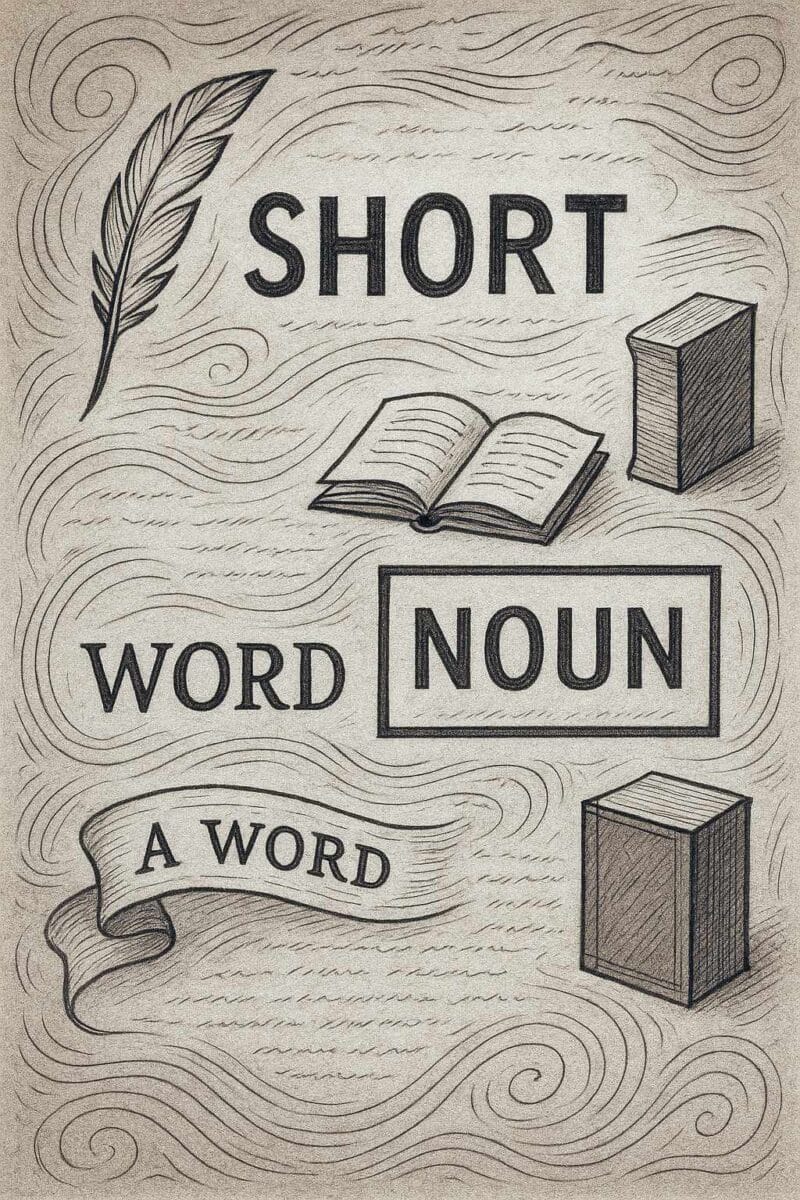In poetry, a powerful tool enables poets to create fluidity, rhythm, and continuity in their verses. This technique, known as enjambment, has been used by poets throughout history to craft works that captivate readers and evoke a wide range of emotions. Enjambment plays a crucial role in shaping a poem’s overall structure and flow, freeing the poet from traditional line breaks and creating a unique reading experience.
The concept of enjambment has been explored and embraced by poets from various literary movements and genres. From the sonnets of William Shakespeare to the free verses of Walt Whitman, enjambment has proven to be a versatile and effective device in the hands of skilled poets. By employing this technique, they can emphasize certain words or phrases, create a sense of anticipation or surprise, and guide the reader’s attention through the poem in a deliberate and impactful way.
Defining Enjambment
The art of enjambment employs the continuity of thought beyond the natural structure of a poem. By carrying sentences and phrases over multiple lines without any pause or break, this technique creates a sense of continuous movement and enables readers to progress smoothly through the verses. It derives from the French word “enjamber,” meaning “to stride over.” Enjambment occurs when a sentence or phrase runs over multiple lines of a poem, without a pause or break in thought. In other words, the thought or sentence spills over from one line to the next, disregarding the natural line breaks, punctuation, or syntactical boundaries. Instead, the thought is carried forward, creating a sense of continuity and fluidity.
Enjambment breaks the expected flow of lines to create unique effects. It creates a flowing rhythm and can emphasize certain words or ideas within a poem, and it can create tension or surprise by placing unexpected words at the start of new lines. It helps poets to maintain a consistent meter while varying sentence structures. Enjambment often produces a more natural, speech-like rhythm in verse.
Enjambment stands in contrast to end-stopped lines, where each line contains a complete thought or grammatical unit. End-stopped lines conclude with punctuation, creating a natural pause at the line’s end. These pauses align with the poem’s meter and rhyme scheme. In contrast, enjambment disrupts this pattern, pushing readers forward into the next line without hesitation.
Functions and Purposes of Enjambment
Poets use enjambment to add complexity and intrigue to their work. By disrupting the natural pause at the end of a line, it can create tension, surprise, or emphasis. This technique enables creative manipulation of rhythm and meaning, often leading readers to interpret lines in multiple ways before reaching the full thought.
Functionally, enjambment serves several purposes in poetry:
- Fluidity and movement: Enjambment keeps the momentum of the poem flowing smoothly. By carrying the thought beyond line breaks, it creates a seamless transition from one line to the next, creating a sense of natural progression.
- Emphasis and surprise: Enjambment can highlight certain words or phrases by placing them at the end of a line. This can create emphasis or surprise because it presents a challenge to readers’ expectations, as they may anticipate the sentence to end but is instead led into the next line.
- Ambiguity and multiple meanings: Enjambment can introduce ambiguity and multiple interpretations. By breaking the syntactical structure across lines, it encourages readers to pause and ponder the possible meanings or connections between lines, thereby enriching the poetic experience and engaging the reader’s imagination.
- Heightened emotion and tension: When used effectively, enjambment can build emotional tension by stretching out a thought or idea, leaving readers hanging for resolution until they continue reading on the next line.
- Visual impact: Enjambment can also have a visual impact on the poem’s layout. It may lead to irregular line lengths and varied stanza structures, adding to the poem’s overall visual appeal, which adds another dimension to the reader’s engagement with the poem.
- Emotional expression: Poets often use enjambment to convey strong emotions, such as love, anger, or despair, by extending their thoughts across multiple lines, thereby intensifying the emotional impact and forging a deep connection with their audience.
In terms of uses, enjambment is a flexible tool that poets can employ to evoke specific responses from their readers. It can be utilized in various poetic forms and genres to create different effects:
- Narrative poetry: In narrative poems, enjambment helps maintain the story’s pace and encourages readers to follow the plot fluidly. Readers can seamlessly follow the story’s developments, as enjambment keeps them immersed in the poetic journey.
- Sonnets: Enjambment can add depth and complexity to the concise form of a sonnet. It gives poets the means to express complex emotions or thoughts within the limited structure. This technique brings energy and vitality to the carefully crafted fourteen-line poems.
- Free verse poetry: Enjambment is particularly common in free verse poetry, as it provides poets with the freedom to experiment with line breaks and create distinct rhythmic patterns. This freedom enhances the poet’s ability to convey emotions and ideas in a unique manner.
Why Enjambment Matters to the Reader
Enjambment shapes readers’ experience of poetry by influencing pace, flow, and rhythm. It builds tension, drives momentum, and guides the reader’s journey through each verse. In this way, enjambment transforms reading poetry into an active, participatory experience, enhancing the emotional and interpretive depth of each poem.
- Creates suspense and momentum: By breaking sentences across lines, enjambment creates anticipation, urging readers to continue from one line to the next to complete the thought. The absence of punctuation at line endings further enhances this seamless flow, adding a sense of urgency and immediacy.
- Shapes rhythm and pacing: Enjambment lets poets control rhythm and pacing by strategically placing line breaks to emphasize certain words or ideas. In contrast to end-stopped lines, it creates variations in tempo, as rapid, flowing lines often conclude with a pause that encourages moments of reflection. Enjambment may also disrupt traditional meter or rhyme schemes, introducing rhythmic complexity that engages readers more deeply with the text.
- Creates emotional and interpretative depth: Enjambment adds layers of meaning by letting words or phrases shift as the next line unfolds. This often surprises readers, as initial interpretations change with each new line. By ending lines without punctuation, enjambment builds a sense of suspense, and subsequent lines reveal unexpected turns.
- Enhances immersion and sensory experience: Enjambment mirrors natural speech patterns, lending poems immediacy and evoking strong emotions. Line breaks without punctuation propel readers forward, mirroring themes like urgency or continuity. In dramatic works, enjambment delays key information, heightening suspense.
- Encourages active engagement: Enjambment encourages interaction with the text by offering multiple interpretations shaped by the tension between line breaks and sentence structure. The need to reconcile visual layout with grammatical flow enhances engagement. Thoughtfully placed breaks highlight specific words or ideas, directing attention and enriching the interpretation of the poem’s meaning.
Examples of Enjambment in Poetry
Enjambment is a versatile poetic technique that can be found in various poems across different styles and periods. Here are a few examples of enjambment in poetry:
- Example 1: William Wordsworth’s “Lines Composed a Few Miles Above Tintern Abbey”
...Once again
Do I behold these steep and lofty cliffs,
That on a wild secluded scene impress
Thoughts of more deep seclusion; and connect
The landscape with the quiet of the sky.
The day is come when I again repose
Here, under this dark sycamore, and view
These plots of cottage-ground, these orchard-tufts...
In this excerpt, you can see how the poet carries the sentences over multiple lines, maintaining a smooth flow and creating a sense of continuity. The enjambment adds to the meditative and reflective tone of the poem.
- Example 2: Emily Dickinson’s “Hope is the thing with feathers”
Hope is the thing with feathers
That perches in the soul,
And sings the tune without the words,
And never stops at all,
And sweetest in the gale is heard;
And sore must be the storm
That could abash the little bird
That kept so many warm.
Here, Dickinson uses enjambment to extend the thoughts beyond the natural line breaks, contributing to the song-like quality of the poem. The enjambment also emphasizes the resilience of hope in difficult times.
- Example 3: T.S. Eliot’s “The Love Song of J. Alfred Prufrock”
And indeed there will be time
For the yellow smoke that slides along the street,
Rubbing its back upon the window-panes;
There will be time, there will be time
To prepare a face to meet the faces that you meet;
There will be time to murder and create,
And time for all the works and days of hands
That lift and drop a question on your plate
Eliot employs enjambment to build tension and anticipation in this famous modernist poem. The enjambment contributes to the fragmented and introspective nature of the speaker’s thoughts.
- Example 4: Langston Hughes’s “Harlem”
What happens to a dream deferred?
Does it dry up
like a raisin in the sun?
Or fester like a sore--
And then run?
Does it stink like rotten meat?
Or crust and sugar over--
like a syrupy sweet?
In this poem, Hughes uses enjambment to pose a series of questions about deferred dreams. The enjambment creates a sense of continuous inquiry and emphasizes the various possibilities and consequences.
These examples illustrate how enjambment can be employed by poets to enhance the rhythm, meaning, and emotional impact of their verses.
Enjambment is a valuable tool in a poet’s toolbox. It helps poets shape the flow of ideas, emotions, and meanings within a poem while enriching the poetic experience and encouraging deeper engagement with the language and the poet’s intentions.
It’s a powerful tool that adds depth and complexity to poetry, making it a cherished technique in the world of literature. When used skillfully, enjambment can elevate the beauty and complexity of a poem, leaving a lasting impression on its audience.
Further Reading
Dear Bad Writers, Read This Poetic Line Breaks Guide by Hannah Huff, Notes of Oak
Pacing a Poem by Gerry LaFemina, Coal Hill Review
A Lesson in the Poetic Line by Melissa Smith, Teach Living Poets
Poetic Terms: End-stops and Enjambment by Robert Lee Brewer, Writer’ Digest




